There was a brouhaha a couple months ago over research that suggested black plastic spatulas spew poison into our food. The problem is that there was a basic arithmetic mistake that made the results seem a lot worse than they actually were. For National Post, Joseph Brean reports:
The paper correctly gives the reference dose for BDE-209 as 7,000 nanograms per kilogram of body weight per day, but calculates this into a limit for a 60-kilogram adult of 42,000 nanograms per day. So, as the paper claims, the estimated actual exposure from kitchen utensils of 34,700 nanograms per day is more than 80 per cent of the EPA limit of 42,000.
That sounds bad. But 60 times 7,000 is not 42,000. It is 420,000. This is what Joe Schwarcz noticed. The estimated exposure is not even a tenth of the reference dose. That does not sound as bad.
They had a per-unit baseline they could compare against to gauge if their estimates were good, bad, or dangerous. To scale up to typical human body weight, they had to multiply, but they missed a zero somewhere.
Red flags should’ve flown immediately when they saw 80% of the safe limit. Just a quick double check to see if they made a mistake. The researchers said they made a typo, but I wonder where and when they made that typo. While writing the paper? While calculating? While recording the data?
The irony is that a bunch of people probably tossed their black kitchenware and will now go buy more plastic after finding out it wasn’t so bad after all. The researchers were trying to communicate the opposite.

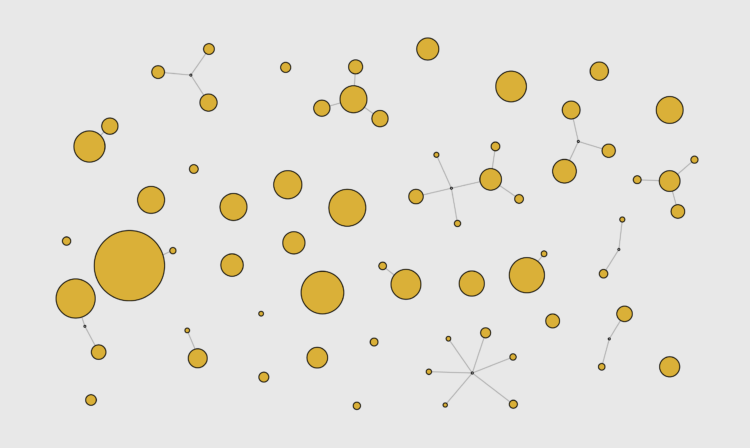
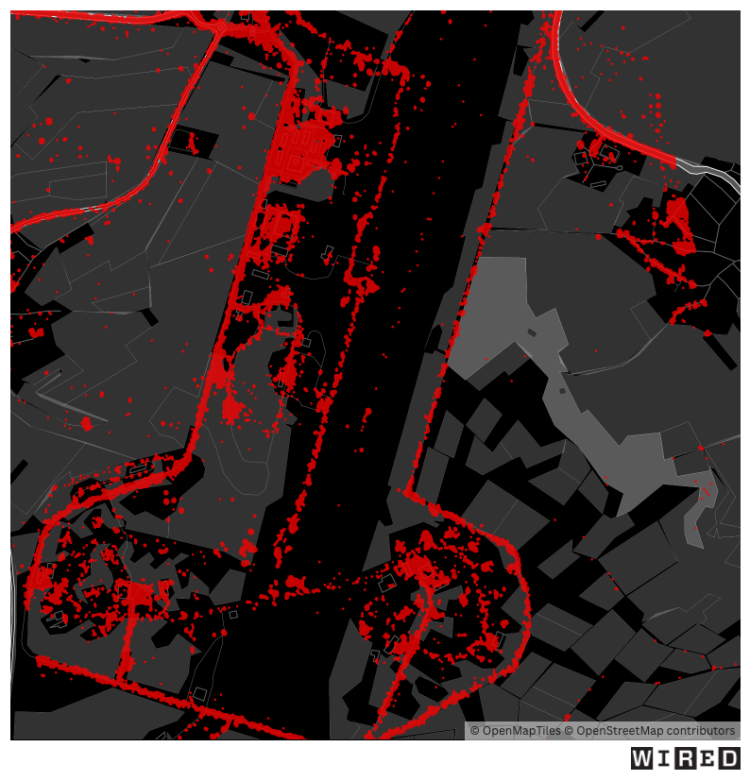
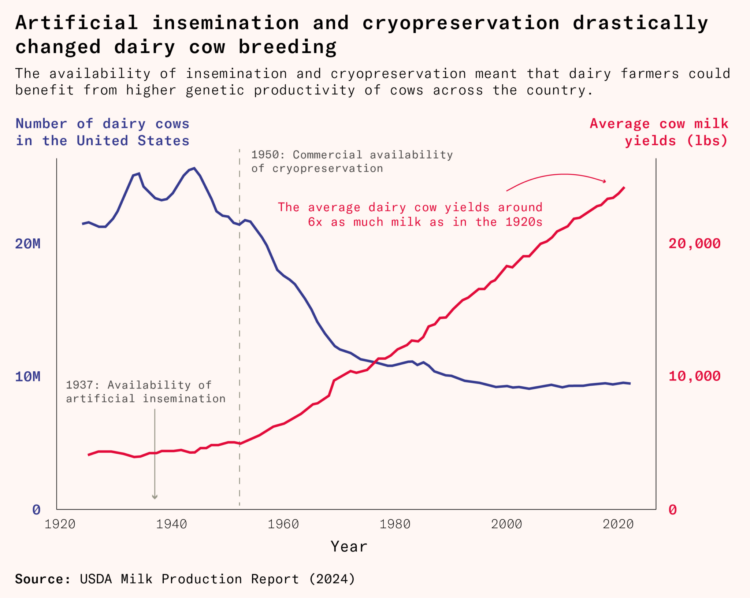



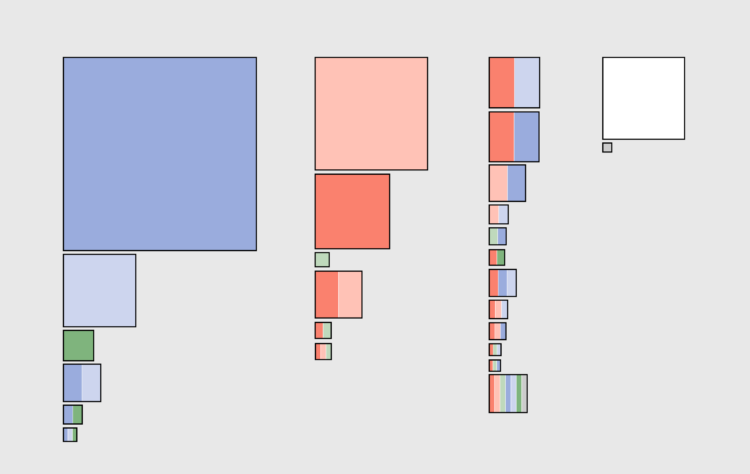
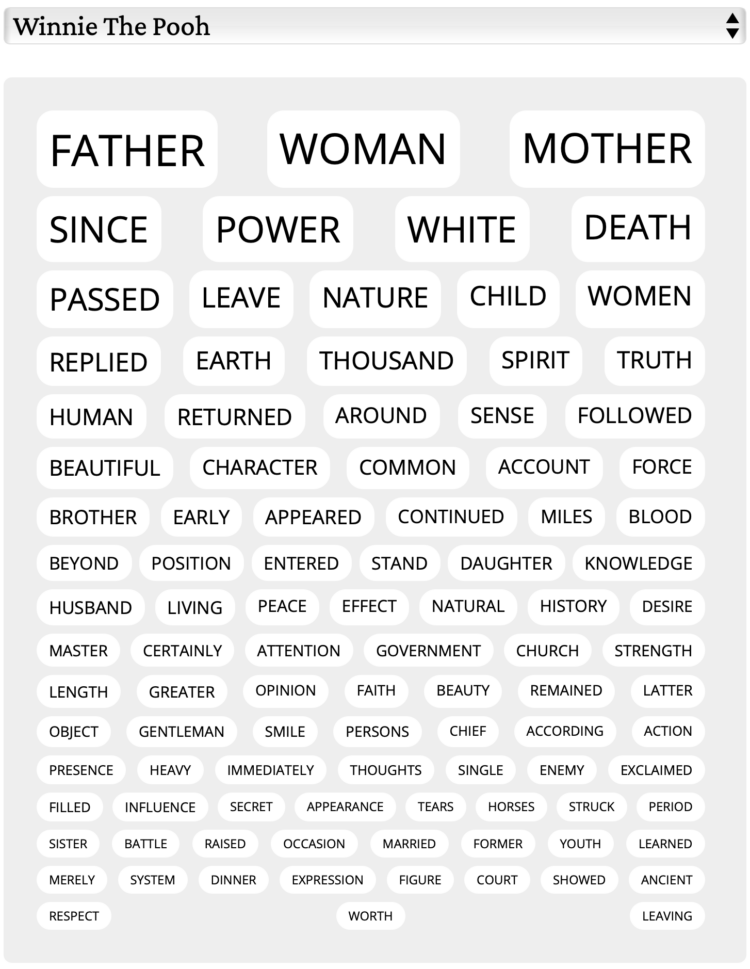
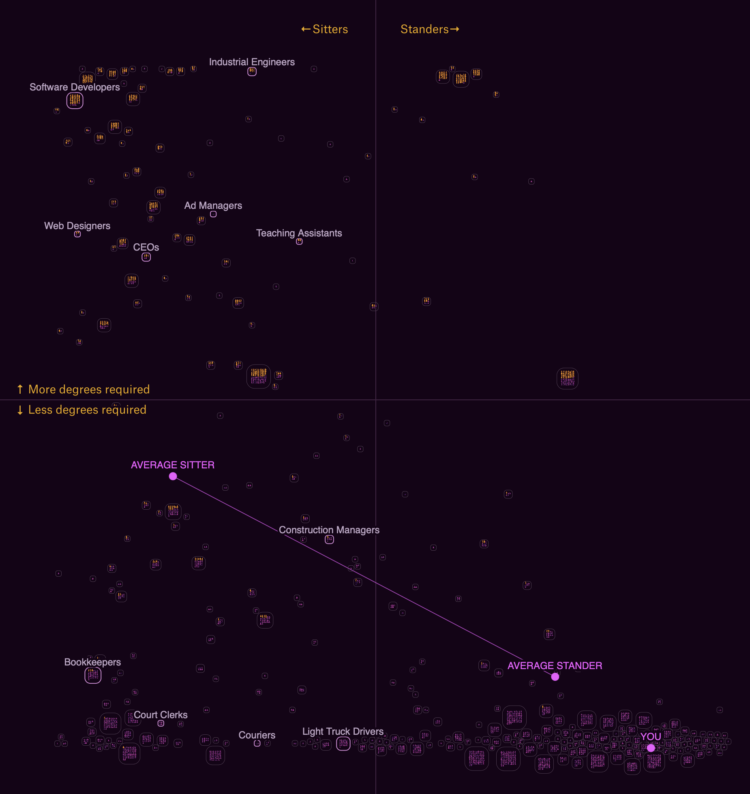
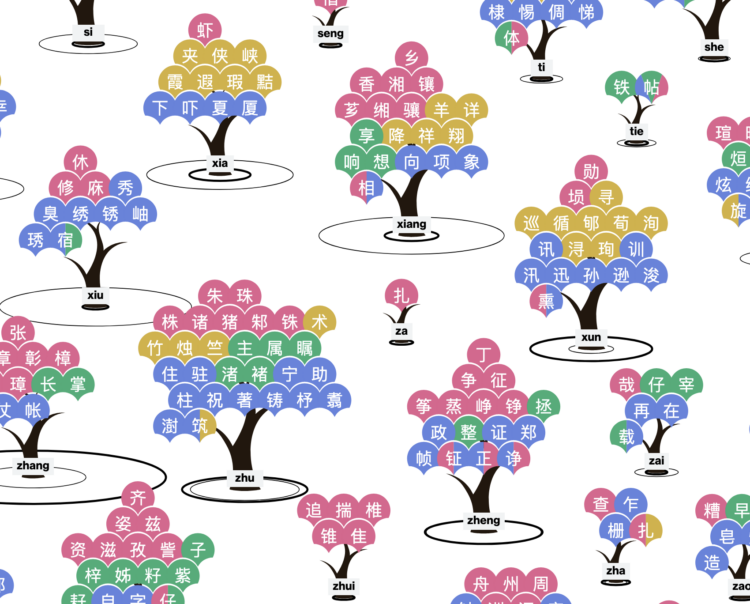

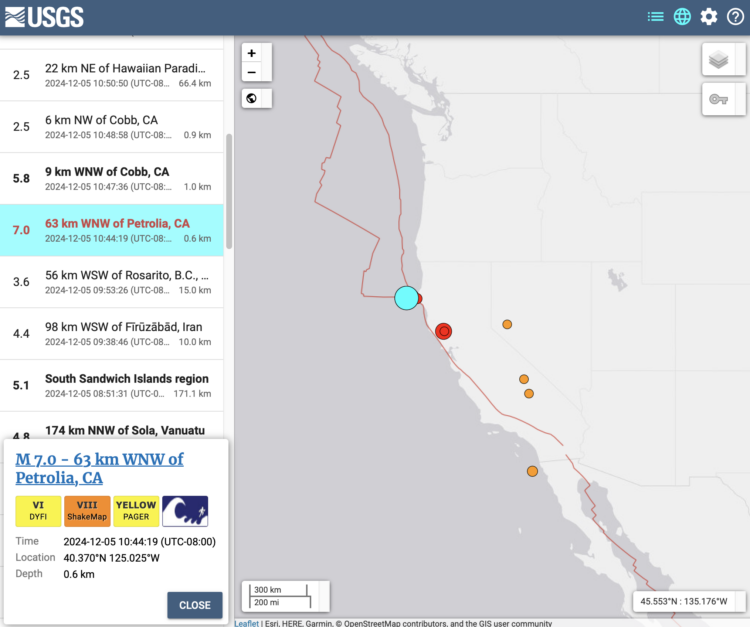
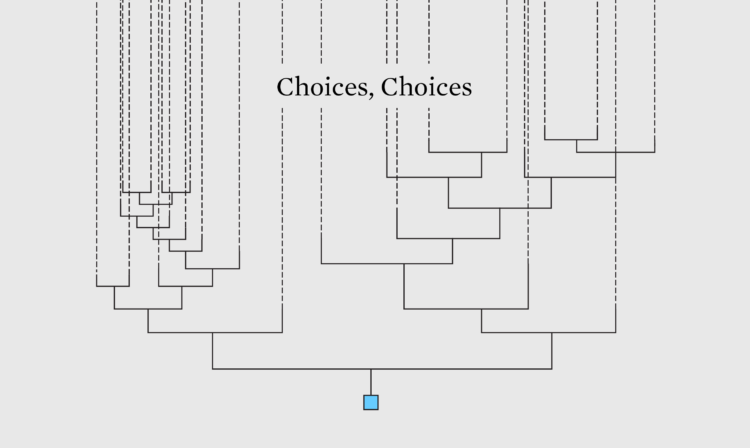
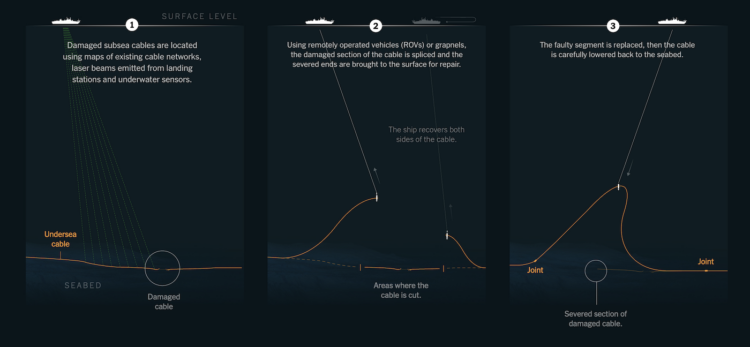

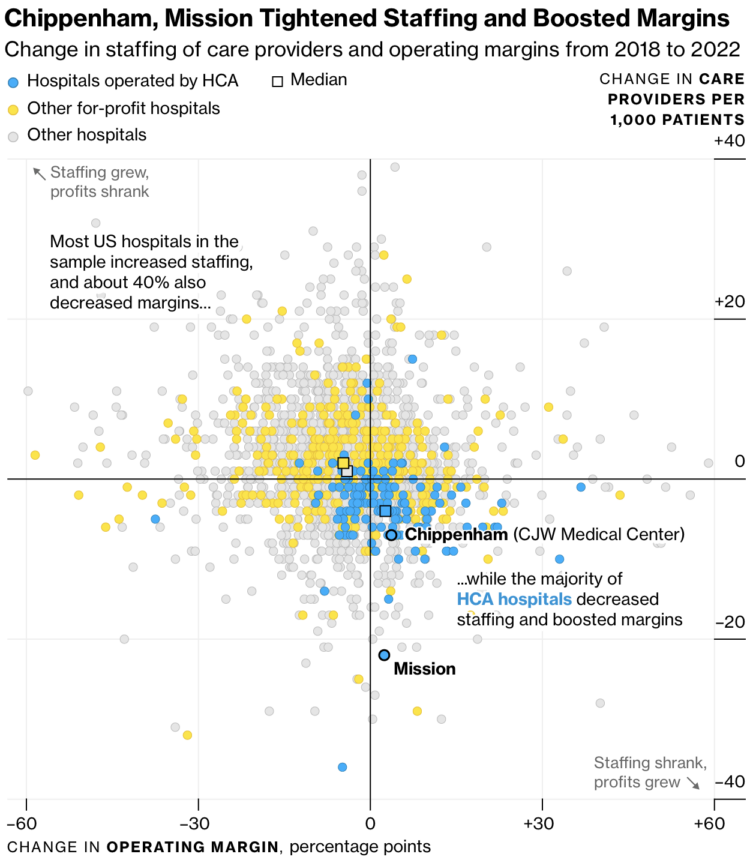
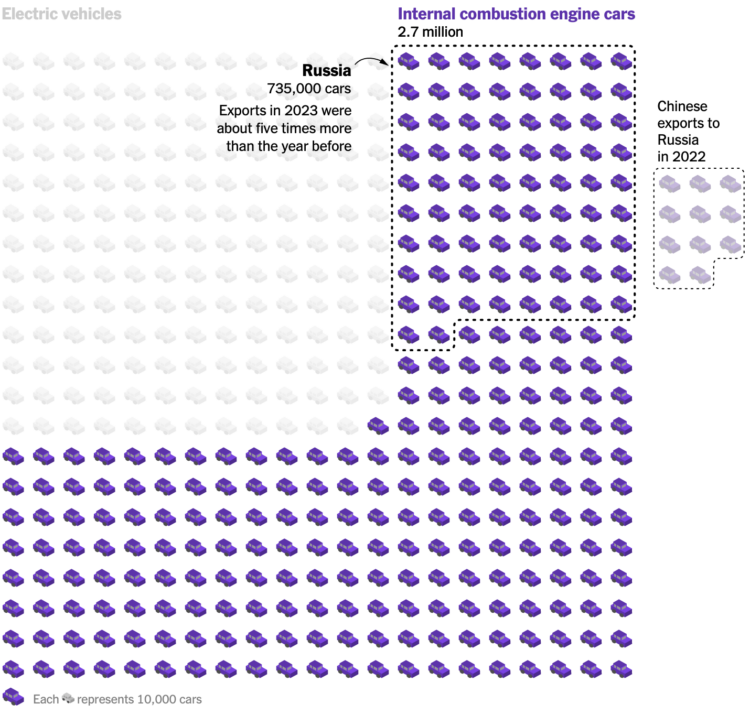

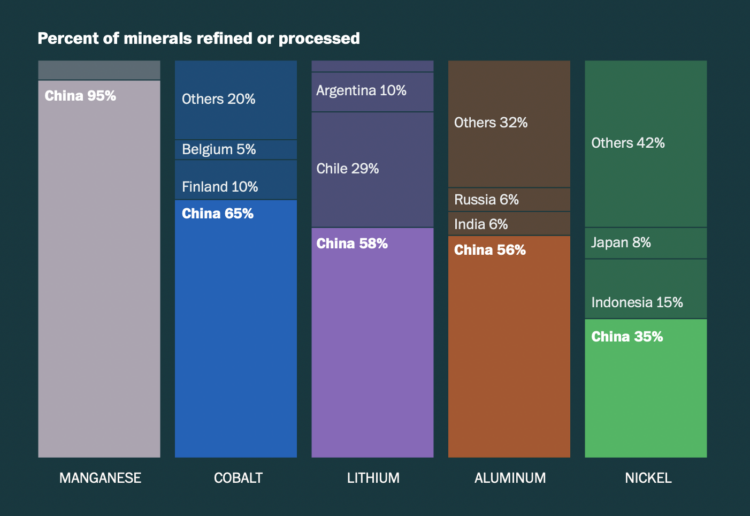









 Visualize This: The FlowingData Guide to Design, Visualization, and Statistics
Visualize This: The FlowingData Guide to Design, Visualization, and Statistics
